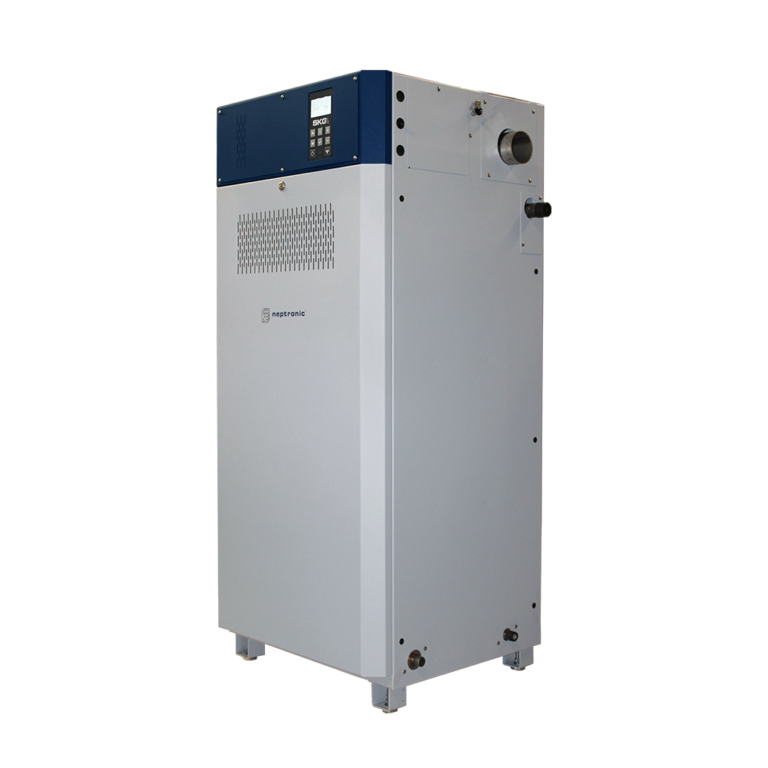If you’ve ever lived in a house with wooden doors and doorframes (and we’re going to presume you have), you probably know how much temperature can impact wood. When it gets cold, wood tends to swell, and when it’s warm out, it shrinks back. But did you know that it’s not really anything to do with temperature at all – but humidity?
Wood And Humidity
Let’s start with the basics. Wood is a natural substance, very common building material and attractive medium for building furniture, decorations and artwork in. Almost every home in the country will have wood in it somewhere, in some form or another.
But wood is a hygroscopic material, which means its internal moisture content will fluctuate based on the relative humidity (or rh) or the surrounding air. This means that as the humidity increases, the moisture content increases, and the wood expands. When the humidity drops, the moisture content decreases and the wood shrinks. This is why your wooden doors and doorframes might fit differently at different times of the year. During the winter the moisture content in the air is high, and so the wood in your home will swell. During the summer heat it’s low, and so it will shrink back down.
While this might seem like nothing worth writing home about for you, when it comes to manufacturing or processing anything to do with wood, it can present real problems.
Drying Wood
The manufacturing process of wood starts when the tree is felled, and already moisture and humidity control is a key factor. In a tree that’s just been felled the wood is ‘green’, and free water (otherwise known as sap) fills the cavities. This free water accounts for around 72% of the total moisture content of the tree, depending on the species. The remaining 28% of water volume is within the wood fibres, saturating the cell walls. This is called bound water, and it’s what causes the fibres to swell – just like a sponge swells when you get it wet.
As the green wood dries, the free water evaporates first, and then the bound water. The shape and size of the wood generally won’t change (this is called being ‘dimensionally stable) as it loses the free water, but as soon as the bound water starts to evaporate it will contract and shrink. Generally wood will dry to a moisture content of between 4%-11%, but it never really comes to a rest. The amount of bound water in the wood will continually change with the amount of water in the surrounding atmosphere, gaining or losing about 1% of moisture content for every 5% change in relative humidity. So for wood manufacturers the key is to try to create a stable environment so the product changes as little as possible during creation.
Why Control Humidity In Wood Manufacturing And Processing?
So the first, and maybe most obvious reason you would want to control humidity within wood manufacturing, is to create a stable, repeatable product without imperfections. Creating that perfect, controlled environment with the right level of rh has a huge impact on the final product, so humidity solutions can help you to create higher-quality results with minimal investment.
Not only that, but dry air can result in the wood textile fibres becoming fragile and breaking as they run through looms, causing massive delays to manufacturers who need to continuously repair machines. Dry air also creates something called micro-dust ‘flocks’, which are formed from the dust particles of the wood clumping together. These can get caught in machinery and looms and cause significant damage.
Humidity control addresses every single one of these issues, creating the perfect environment for wood processing, manufacturing and treatment. This is one of the reasons humidity control is such an important issue for wood and timber manufacturing plants. At Humidity Solutions we provide a range of solutions to solve all of these problems and keep plants working at optimum. If you would like to know more, read out our timber and wood processing solutions here or get in touch with the team today.

